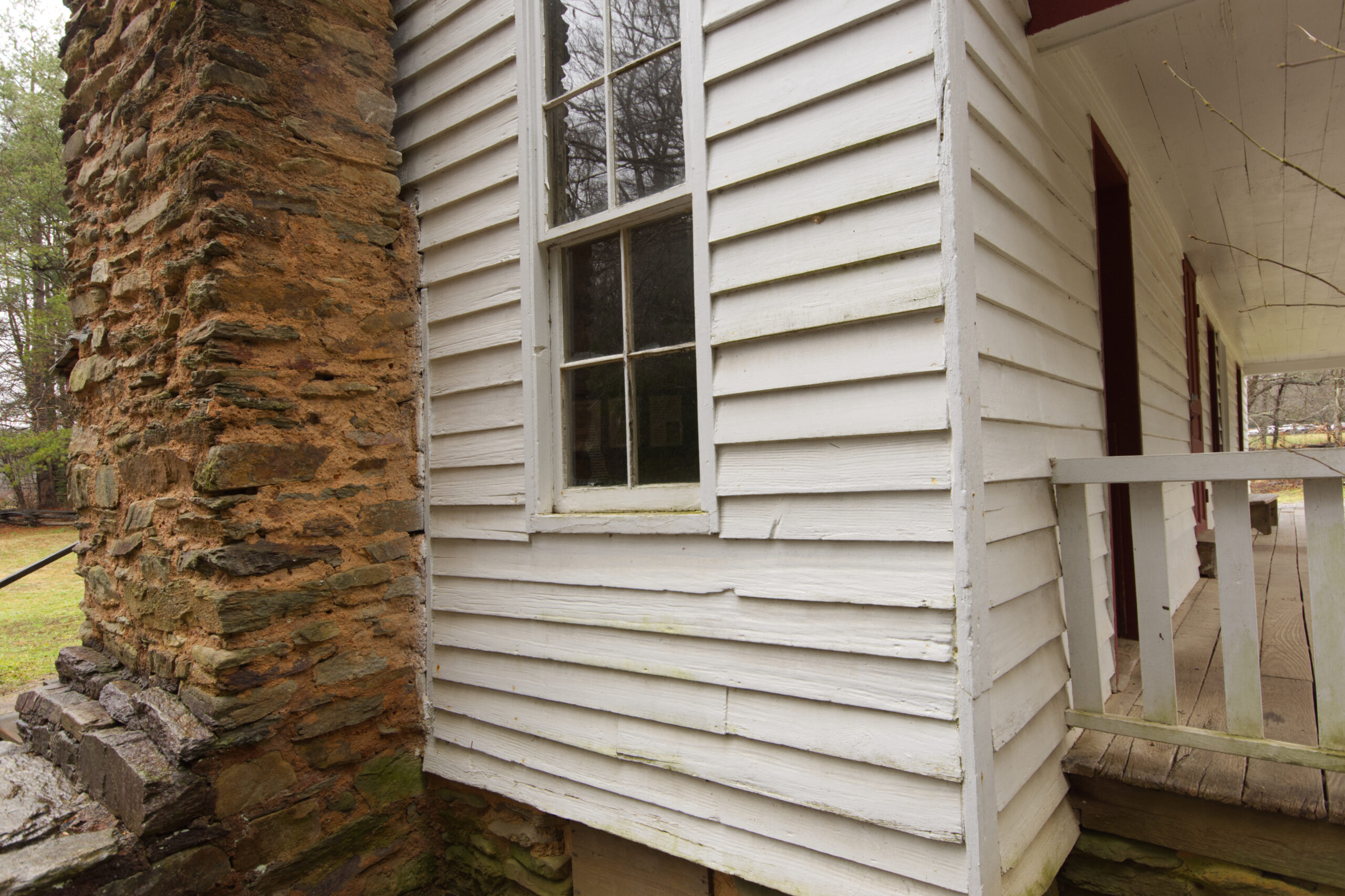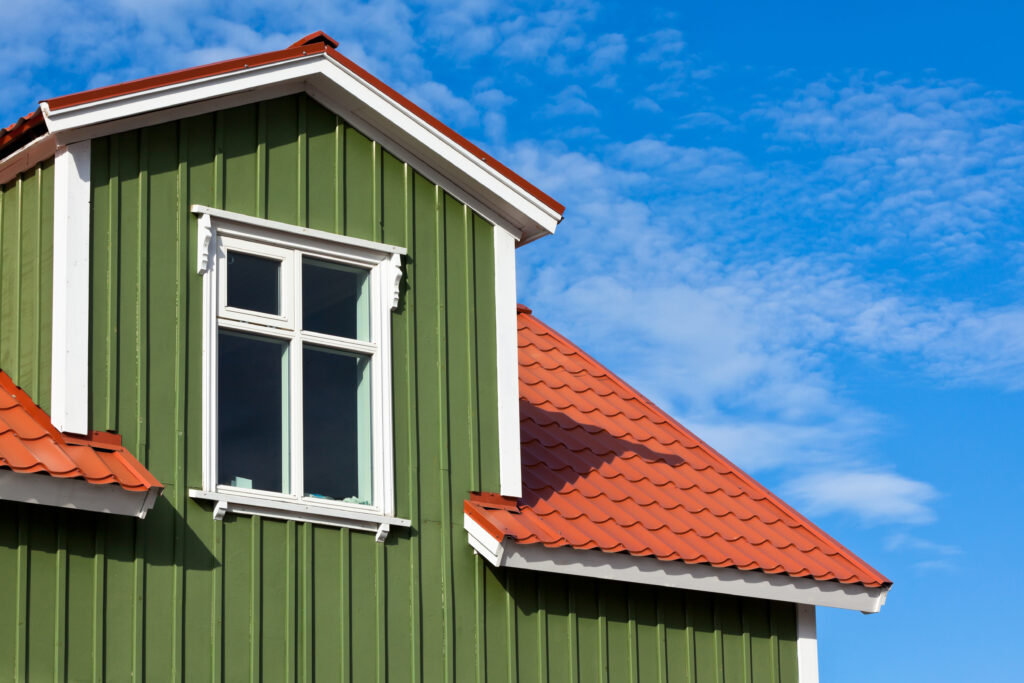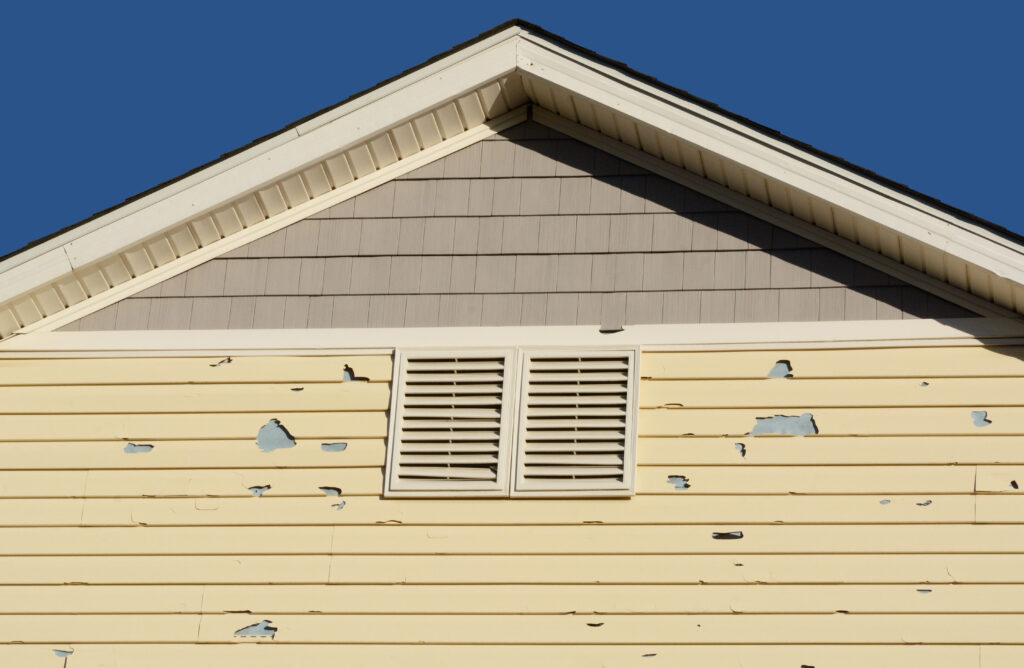What are the Pros and Cons of Fiber Cement Siding?
What is Cut Fiber Cement Siding and What are its Benefits? Fiber cement siding is a building material that has … Read More →

Homeowners often wonder when they should start looking to replace the siding on their homes. Starting to research home improvement projects can be daunting – there are so many choices to make and so many ways to spend your money. But if you’re thinking about replacing the siding on your home, it’s important to understand the different popular siding options available and what their life expectancies are.
Is there a certain timeframe to wait? Do you go by when it starts fading from the sun? Or when it starts cracking? Does it matter which type of siding I have on my home?
Knowing the answer to some of these questions will help you make an informed decision on when to replace siding on your home exterior.
When it comes to choosing siding for your home, one of the most important considerations is how long it will last. Obviously, you want to get the most bang for your buck, and you don’t want to have to replace your siding any time soon. So what can you do to make sure your siding lasts as long as possible?
One of the most important things you can do is to regularly clean your siding with a garden hose. This will help to remove any dirt or grime that has built up, and it will also help to prevent the growth of mold or mildew. Proper cleaning can make a big difference in how long your siding lasts.
In addition to regular cleaning, you also need to make sure you perform proper maintenance on your siding. This includes caulking and sealing any cracks or gaps, and repairing any damaged areas. By taking these steps, you can protect your home from the elements and extend the life of your siding.

The lifespan of your siding primarily depends on the climate in which you live, how well you take care of your siding, and what type of siding you have. Siding materials vary, and the material on your home will greatly impact its resistance to moisture and extreme temperatures. Here are some of the different types of siding available.
Aluminum siding has many benefits and is quickly becoming one of the more popular types of siding. It is affordable and extremely durable, but it does have a shorter lifespan than other sidings. Aluminum generally needs to be replaced every 20-30 years.
Low maintenance levels and high durability make fiber cement siding a good option. It’s a beautiful siding that no other can match. It’s easy to maintain, and because of its durable nature, it can last more than 100 years without problems.
Steel siding is tough and has a lifespan of 40-50 years when it is properly maintained. Steel siding is also resistant to bumps and dings, as it has the reinforcement strength of galvanized steel.
Vinyl siding is a very popular choice for home exteriors. On average, it will last about 60 years with little to no maintenance, but if you take care of it meticulously, it can last for up to 100 years.
Wood siding is more natural than the other options. It can last anywhere from 20-40 years, depending on your attitude toward taking care of it. Wood siding needs to be repainted often, and worn-out caulking needs to be replaced every year, as it can let water in.
This siding is made of aluminum, but it looks like wood. Since it is made of aluminum, the same properties are pertinent to this type of siding. It will need to be replaced every 20-30 years.
While the above information can tell you how long you may have until your vinyl siding needs to be replaced, there are a few other things to consider as well.
Broken or faded pieces – If your siding is worn or has broken or missing pieces, it may be time to replace or repair your siding. If the paint dulls and fades, and you can no longer clean the dirt off of it, the siding has overstayed its welcome on your home.
Weather – If you live in an area that has extreme climate changes, from cold winters to hot summers, your siding will start to break down faster than normal.
When siding starts to break, it no longer seals the outside of your home, protecting it from moisture. This gives mold a chance to grow and creates a host of problems for your home.

If you have siding that doesn’t look its best, it may be time to get it inspected and see if you need to replace it. Siding on your home or business doesn’t always need to be replaced and sometimes can be repaired instead. A local contractor will be able to help you determine which option is best for your home.
JET Contracting can work with you to determine what type of siding is best for your home. Our professionals can help you with which type of siding will be the most energy-efficient and which type will have the least amount of maintenance.
If you think your siding is on the back end of the “How long does vinyl siding last” question, it’s time to call JET Contracting for your free estimate.
What is Cut Fiber Cement Siding and What are its Benefits? Fiber cement siding is a building material that has … Read More →
Extend the Life of Your Roof System Commercial roofs are often exposed to harsh weather conditions and need regular maintenance … Read More →
It’s Important to Clean Your Gutters Regularly Gutters play an important role in protecting your home from water damage. They … Read More →